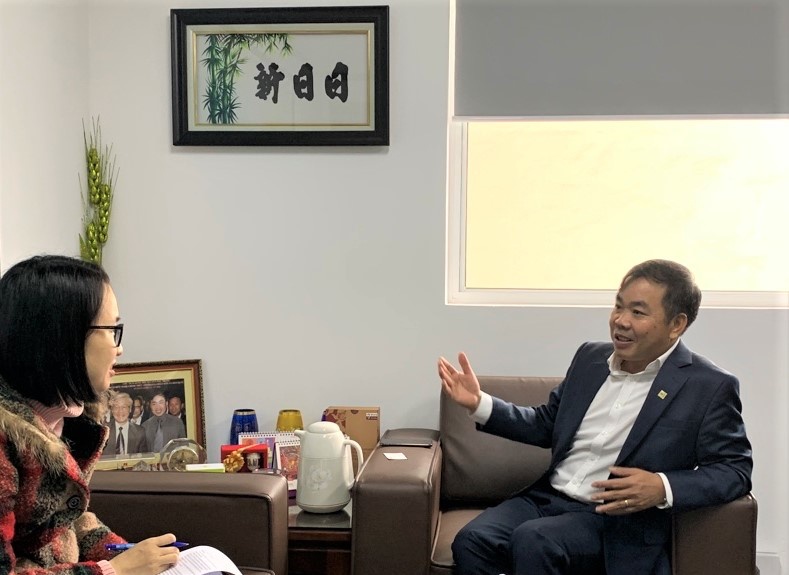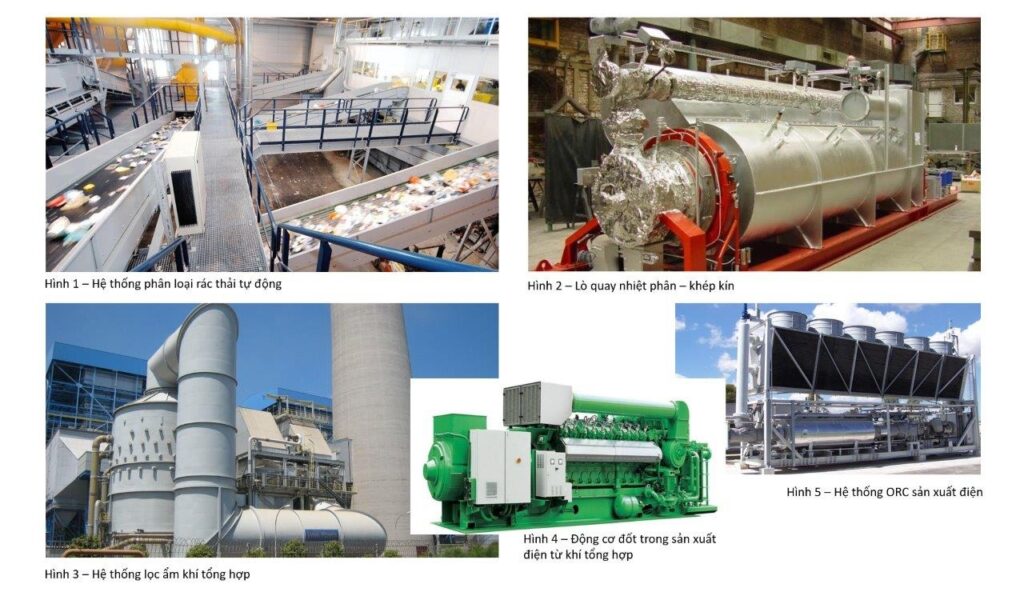According to the Ministry of Natural Resources and Environment (MONRE), every year Vietnam emits 25 million tons of solid waste, of which, 30% is processed incinerated or produced organic fertilizer, 70% is directly buried. This high buried waste rate not only causes many social problems but also increases environmental pollution risk, so Vietnamese government and MONRE encourage localities on waste-to-energy application if possible.
Mr. Hoang Van Thuc, Deputy General Director of the Environment Department, MONRE, said that incinerating waste to energy is an optimal technology in the treatment of daily-life solid waste. This technology is widely used in many developed countries such as Japan, the European Union (EU) as it helps reduce environmental pollution and generate energy as well. Moreover, the world is transforming into a recirculating economy, of which this technology is a part. Waste is considered a resource to be recirculated and generate energy through treatment process.
Through a recent interview with Enternews, Mr. Nguyen Quang Huan, President of Halcom Vietnam JSC. and Vice Chairman of Vietnam Private Business Association (VPBA), shared his opinions on the current situation of local waste treatment and introduced one of the world’s leading advanced waste-to-energy technology that Halcom wishes to apply soon in the country.

Enternews: How do you assess the current situation of environment solution and waste treatment in Vietnam?
Mr. Nguyen Quang Huan: Currently, domestic waste is a big problem in Vietnam, especially in big cities. To be named, there are Nam Son landfill in Hanoi, Thanh Son landfill in Da Nang, and Trang Cat landfill in Hai Phong. According to statistics, there are around 1,100 tons of daily waste in Da Nang, creating totally more than 400,000 tons per year. This landfill is now storing more than 3 million tons of terribly smelling rubbish. The waste quantity of Da Nang is estimated to be double, by 2030, to about 2,200 tons per day. The daily waste, in Ho Chi Minh city, is 9,000 tons. Thus, creating totally almost 4 million tons per year.
We can see that the lives of people around the landfill sites are severely affected. Meanwhile, some local authorities have not completely solved the problem of pollution and compensation for residents. Therefore, residents have blocked roads and stopped garbage trucks for many times to require conversation with authorities, causing congested garbage situation in cities. Local authorities provided temporary solution, however, the above mentioned situation continues after some period of time.
Enternews: Could you share on how is the current waste treatment in Vietnam?
Mr. Nguyen Quang Huan: Currently, Vietnam is mainly applying quite basic waste treatment technology. Most of the waste is buried or incinerated. These methods only help to get waste out of sight, but a very huge amount of toxic emissions causes environmental pollution. In addition, the waste will leak and infiltrate into the ground, causing soil and water pollution.
In some big cities, the method of solid waste incineration has been applied. It is highlighted that this method remains a very small percentage of residual waste. With this kind of conventional technology, the proportion of waste accounts for up to 30%, meaning that for every 100 tons of garbage, about 30 tons of waste must be buried. But, with the INTEC-TCP waste treatment technology that Halcom is introducing, the percentage of waste after treatment is only about 2%, while the permissible level is 5%.
Furthermore, this new technology does not emit toxic gases or use external power source, meaning electricity is produced and operate by itself. The electricity generated from this waste treatment is big enough to generate electricity to the national grid with an annual capacity of about 200 million kWh. Especially, with this technology, the waste classification stage is unnecessary. Waste after incineration will turn into gas, containing energy to produce electricity and coke used in metallurgical industry and cement production.


Enternews: According to you, what policies are necessary to encourage enterprises investing on this new kind of waste treatment technology?
Mr. Nguyen Quang Huan: Mechanisms and policies to support enterprises invest on technology are needed. Then, such policies must be executed properly by authorities and civilians. Bidding documents and selection must be done correctly. For example, when electricity is generated, people will buy at the price of 10.5 cents per kwh and the amount of waste is paid at exactly US $ 21 per ton, or allocating land to encourage project implementation. The core factor is the human. Leaders need the right mind to make right decision together with a professional consulting team. In addition, a control mechanism is also needed in all localities. The inspection must be independent. When the supervision is good, the policies are well implemented, the country will be rich.
Please refer to the below links of news articles (in Vietnamese only):
